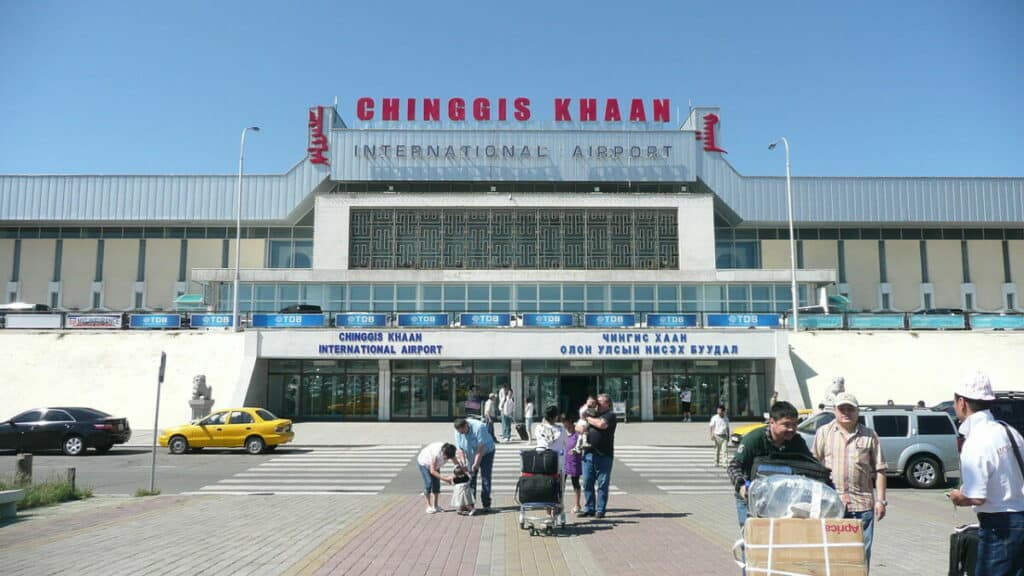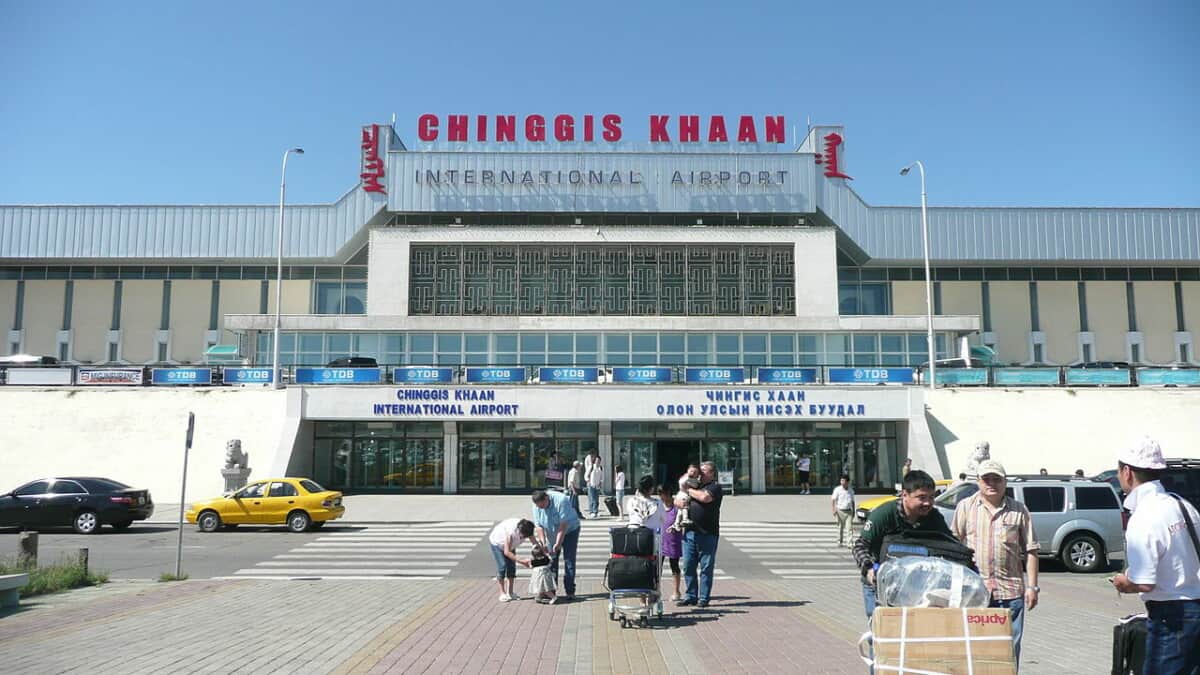
Airports get assigned their names based on a worldwide international standard. They are assigned a 4-letter code for aviation use but the airport property is often called a more passenger-friendly name usually common to its city location or a famous, historical person from the area.
Airports fall under 2 types:
- Civil airports
- Military airports
- and their naming comes from two different sources…
Military airport names are given by the country/forces whereas civil airport names are allotted by the aviation governing authority of that country and that name has to be approved by ICAO (International Civil Aviation Organization).
When we talk about airport naming, a commercial airport (used by airlines) is usually denoted by 3 means:
- Commercial name
- ICAO Name
- IATA Name
How Do Airports Get a Commercial Airport Name?
This is the name all passengers refer to the airport to. The airport’s commercial name is usually decided behind some historic place, city, person, etc. For Example, John F. Kennedy International Airport, also known as JFK International, is situated in New York. People may mention it as New York International Airport or via its name (JFK).
Los Angeles Airport doesn’t have any commercial name as such and is referred to as Los Angeles International Airport. The airport in Toronto, Canada is named after the 14th Prime Minister of Canada Lester B. Pearson and so are the other airports all around the world.
Usually, there are public emotions attached to this name and it is not changed. These names have to be sent to the respective aviation governing authority to be recognized internationally.
How Do Airports Get an ICAO Airport Name?
ICAO: International Civil Aviation Organisation – is an organization that lays down the standard to be followed for anything related to Civil Aviation. From the minimum requirements of aircraft operating standards, maintenance standards, and airport requirements to provisions related to naming airports is given by ICAO.
ICAO has given a specific format for naming or coding airports all over the world.
ICAO airport codes are mainly used for operational purposes and for standardization. No two airports can have the same ICAO airport code.
First, let us discuss the format in which ICAO airport codes are formed and then understand it with a few examples:
- ICAO airport code also known as location indicator consists of 4 letters.
- The first letter in the location indicator is the AFSRA code of that area
AFSRA: Aeronautical Fixed Service Routing Area – There are 22 AFSRA codes (alphabets) distributed all over the globe. For Example, the AFSRA code for Canada is “C”, for the USA is “K”, and in South America its “S”. So all airports in the USA approved by ICAO for civil aviation will have a location Indicator starting with “K”
- The second letter in the location indicator is the area or region code. This can be the same for 2 different airports, as there can be multiple airports in the same region. This code can be the same for 2 different countries too. Let’s say an area in Canada will have the letter “A” for area designation and the USA also allot the letter “A”. Still, that will be accepted as the AFSRA decides the country, and then the area code is used. But this area code can not be repeated for multiple areas in the same AFSRA.
- The 3rd and 4th letters are the airport code. It can be anything based on the commercial airport name or can be allotted by the aviation authority. The 3rd and 4th letters cannot be the same for 2 airports in the same region of the same AFSRA. For example, an airport in Canada and in the USA can have the same 3rd and 4th letters, but just not in the same region of the same country.
Now let’s understand the above format with a few examples :
CYYZ: The location indicator says that this airport is in Canada, Toronto Airport.
CYVR: Located in Canada, Vancouver.
KSEA: Located in the USA, Area code “S”, airport code “EA”, Seattle airport.
KLAX: Located in the USA, Area code “L”, airport code “AX”, Los Angeles airport.

Join My Newsletter & Get Great Tips, Information and Experiences To Help You Become a Superb Pilot!
How Do Airports Get an IATA Airport Name?
International Air Transport Association, is another organization under the United Nations taking care of Civil Aviation. Airlines follow IATA codes for printing airport from/to names on the tickets, and boarding passes, and the cargo agents use IATA names.
IATA codes are of 3 letters, prominent to the airport name, like LAX for Los Angeles. DEL for Delhi. These names are easy to identify, unlike ICAO. Hence we can say that purpose of the ICAO location Indicator is primarily for operational basis, used by pilots, ATC, and dispatch; whereas the IATA name is mainly used on documents for easy identification.
Does Every Airport Have a Code?
Every airport/ airstrip will have a common name that all pilots may refer to but need not necessarily have ICAO or IATA name. It is just mandatory for ICAO contracting states to have ICAO and IATA names for airports used in civil aviation.
Talking about the size, with naming; any airport can qualify for approval of ICAO codes, it’s just the authority needs to mention the size of the runway, taxiways, apron, and the approved aircraft for operations on that airfield.
Below is the list of a few AFSRA based on countries:
C- Canada
E- Europe
F- Central and South Africa
K- USA
O- Middle East
R- West Pacific Area
S- South America
V- East and West Asia
W- Brunei, Indonesia, Malaysia, Singapore, Southern South East Asia
Y- Australia
Z- China
How Do Airports Get an ICAO Code?
Usually, the airport is first constructed and made operational ready with a basic commercial name, with which everyone refers, like – IGI international airport, Delhi. Then the airport authority allots the 3rd and 4th letters and combines them with the AFSA and area code, to make 4 letter location indicator.
Once ready, the airport authority or the aviation governing authority requests approval from ICAO and IATA for associated codes, and when approved, these location indicators can be published on various aviation charts and publications.
In case the code matches with other airports of the same area or the Organisation feels that the code can form some confusion on an operational basis which may hamper safety, in that case, the organization asks the airport authority to change the code formation with suitable requirements. ICAO/IATA codes can be changed or deregistered based on the request made by the airport authority.
Further Reading:
If you found this article helpful and would like to read more I highly recommend these:


